
Microscope World Blog Pollen under the Microscope
July 28, 2023 Table of Contents What is Pollen? Requirements for Pollen Microscopy Sample Collection for Pollen Microscopy Observation of Pollen Under Stereo Microscope Observation of Pollen Under Compound Microscope Observation Pollen Tubes under Microscope Observation of Pollen Under Electron Microscopy FAQ What is Pollen?
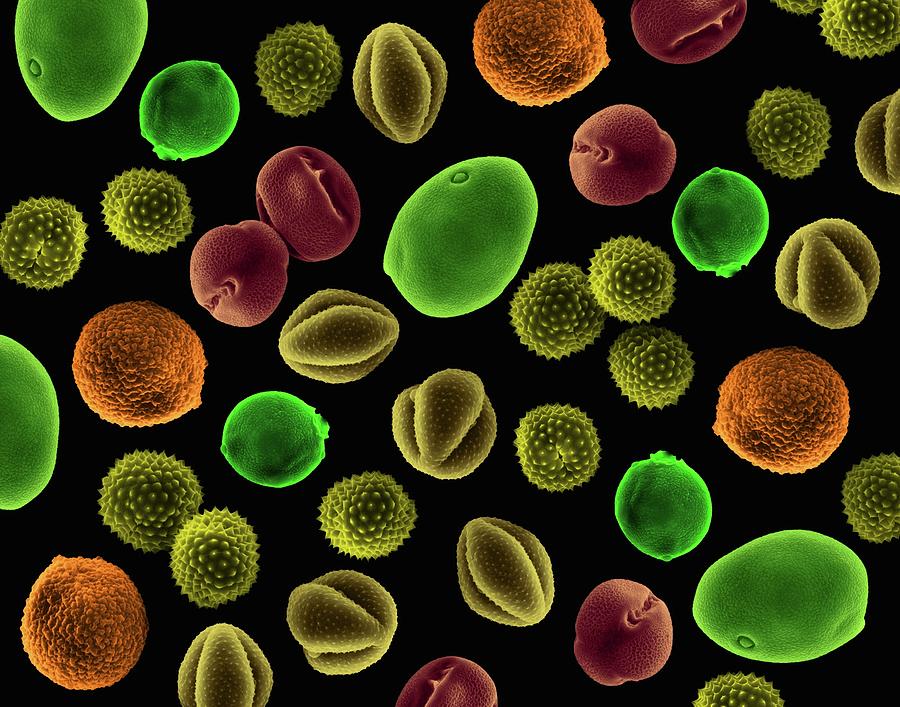
Allergenic Pollen Grains Photograph by Dennis Kunkel Microscopy/science Photo Library Pixels
It's worthwhile viewing the washed grains (still in a little alcohol) under a stereo microscope (ca 40X or greater for larger pollen types) as the 50% glycerine is added; the hydration and swelling of the grains is interesting to watch.
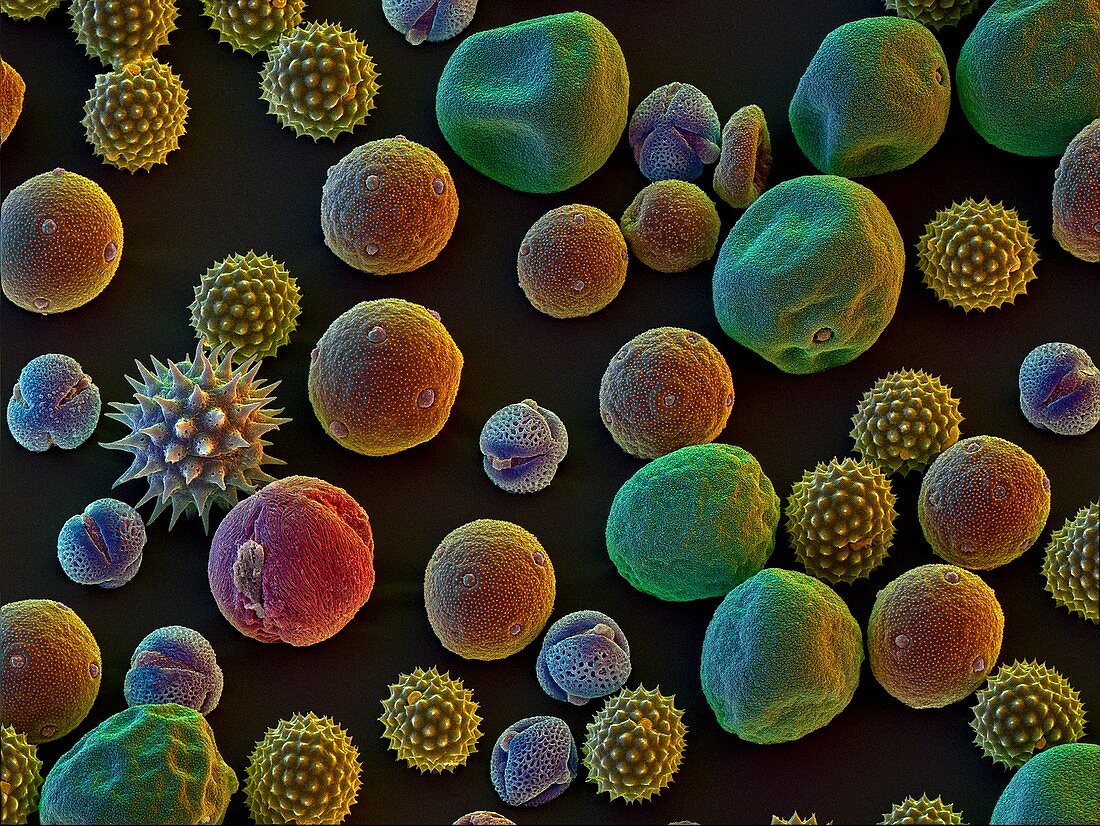
Assortment of pollen grains Bild kaufen 11539239 Science Photo Library
1. Introduction The monitoring of pollen and fungal spores concentra-tions allows the detection and the quantification of aller-genic species [18] and of potential infectious diseases both on humans [9] and plants [21].

Lily Anther, Mature Pollen Grains, c.s., 12 µm Microscope Slide Carolina Biological Supply
Pollen Grains Under the Microscope - MVA Scientific Consultants Pollen Under the Microscope by Pollen is a fine powdery substance, consisting of microscopic grains released from the male part of a flower or from a male cone. The pollen is transported by the wind, insects, or other animals.
A group of pollen grains under the microscope pics
The largest pollen grains are around 200 µm in diameter, and the smallest are less than 10 µm, so you need a microscope to study them. At 100× you can see the grains, at 400× you can start to see details, and at 1000-1500× you can see enough details to make a good drawing.

Pollen Grains Under Microscope Amusing
Pollen Under The Microscope Methods, Techniques and Observations What is Pollen? Pollen is a small grain that consists of a few cells. To the naked eye it appears as a yellowish (pale yellow) dust-like substance that is either dispersed by wind or insects.
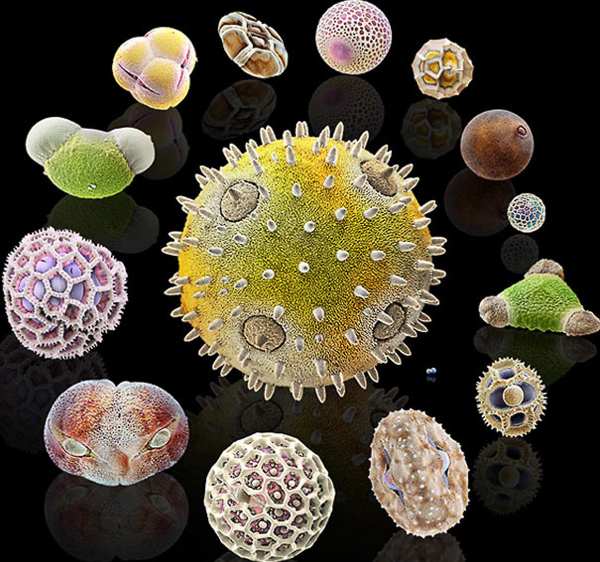
Grains of pollen as seen by an electron microscope Boing Boing
We also checked non-acetolyzsed pollen grains from both cultivars under a light microscope, to confirm the preparation method had not significantly affected pollen morphology (Supplementary Fig. S6).
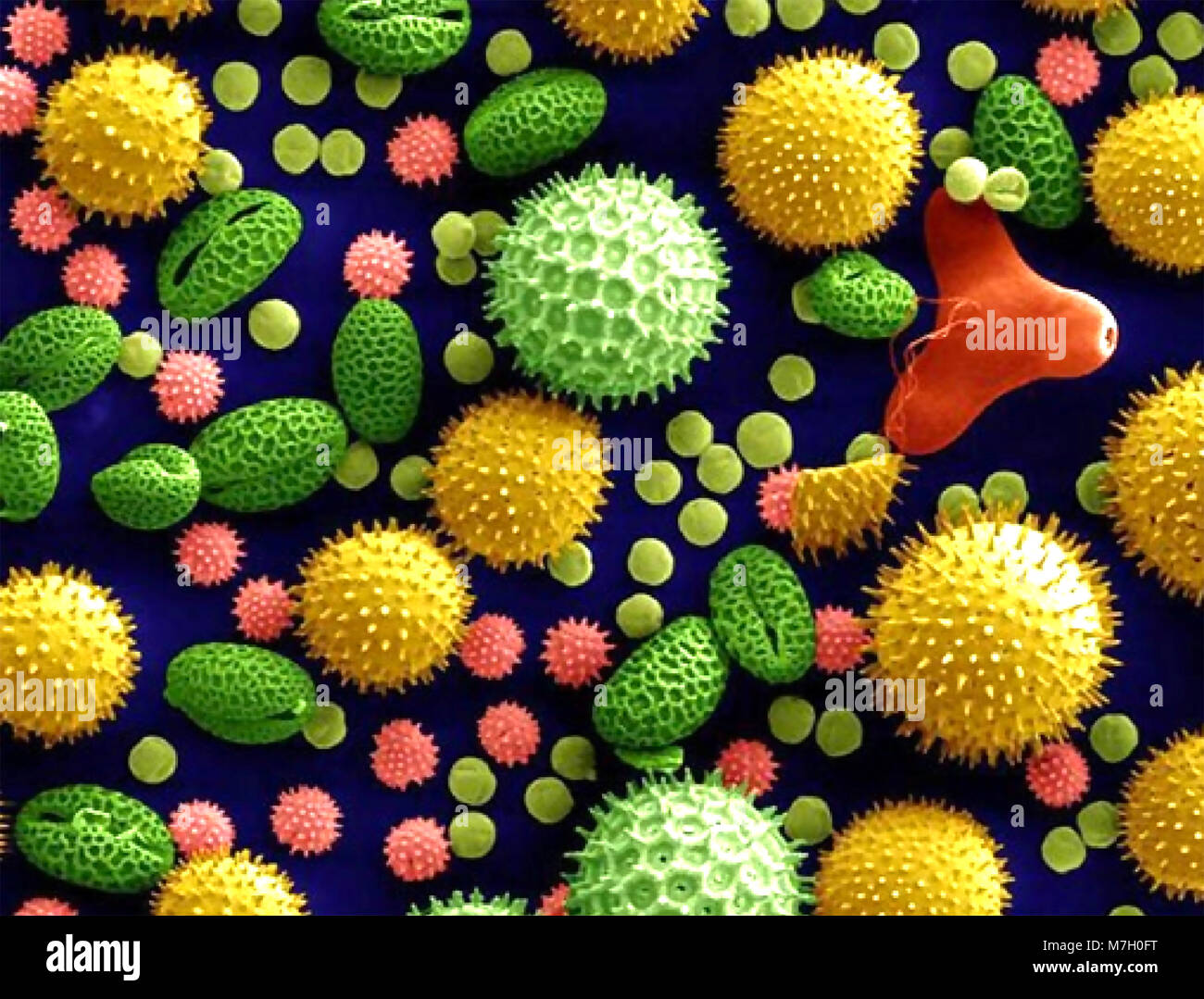
POLLEN grains under an electron microscope. Photo Courtesy of Dartmouth Electron Microscope
Pollen grain recognition is commonly performed by visual inspection by a trained person. An alternative method for visual inspection is automated pollen analysis based on the image analysis technique. Image analysis transfers visual information to mathematical descriptions.
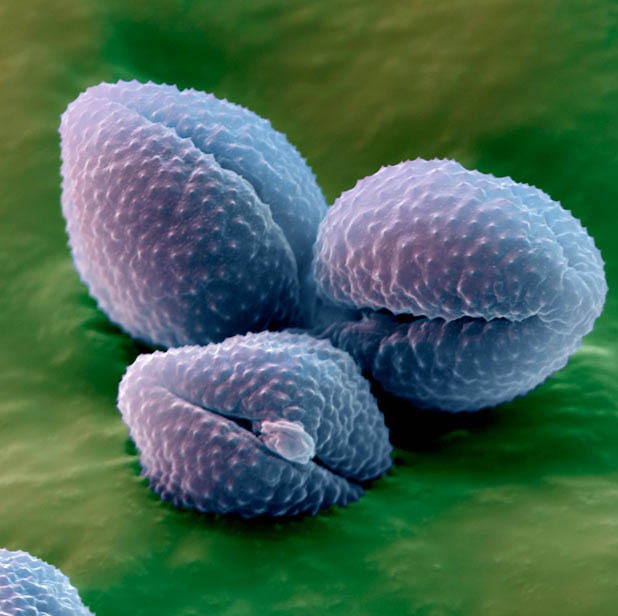
Pollen Grains Under Microscope Amusing
Under The Microscope: Pollen Pollen is flower sperm, and climate change is making more of it every season. Not a great situation for allergy sufferers. Ada McVean B.Sc. | 11 Mar 2019 Environment Grains of pollen actually produce the male gametes (sperm cells) of flowering plants.
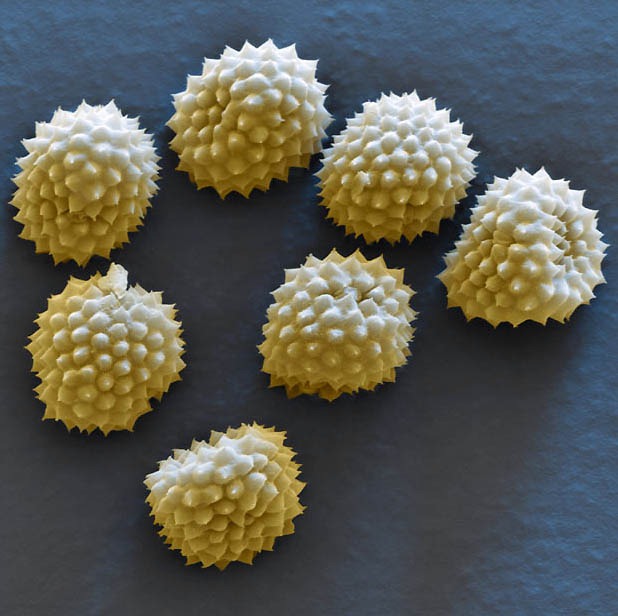
Pollen Grains Under Microscope Amusing
To observe pollen grains under a microscope, follow these steps: 1. Collect the pollen: Choose a flower that is in full bloom and gently tap the anthers to release the pollen grains onto a clean glass slide. Alternatively, you can use a fine brush or forceps to collect the pollen from the anthers. 2.
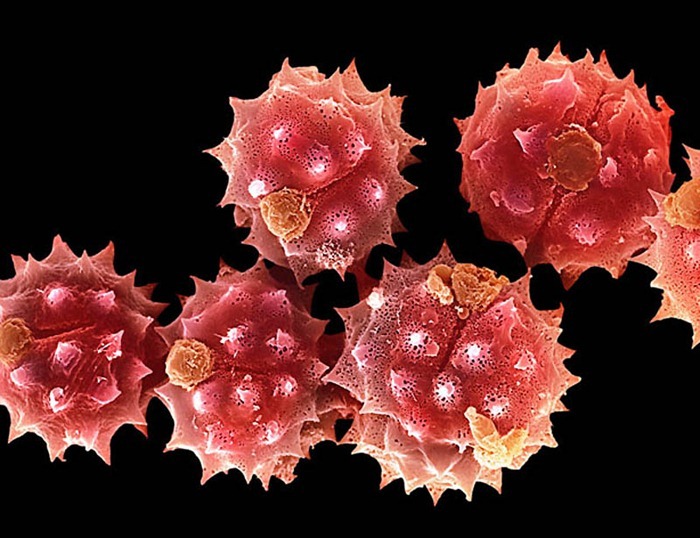
Pollen Grains Under Microscope Amusing
A compound microscope of 100 times overall magnification is needed to see pollen grains. With a x100 microscope you will just be able to see the grains of pollen. Using x400 you will be able to see some identifying features. You will need x1000 to see the level of detail shown here. Pollen study
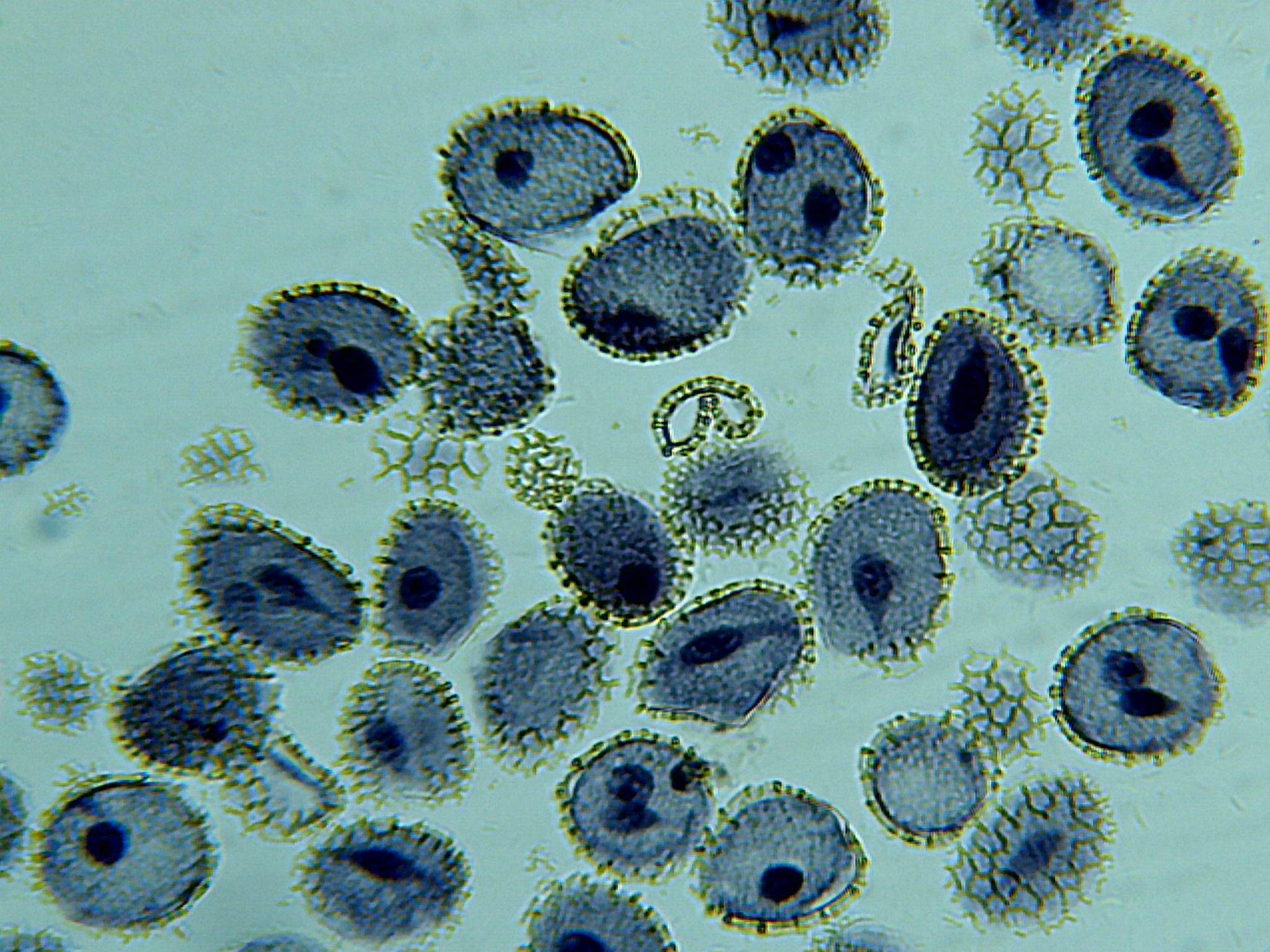
Lily Anther Pollen Microscope Images at Orion Telescopes
Pollen grain recognition is commonly performed by visual inspection by a trained person. An alternative method for visual inspection is automated pollen analysis based on the image analysis technique. Image analysis transfers visual information to mathematical descriptions.
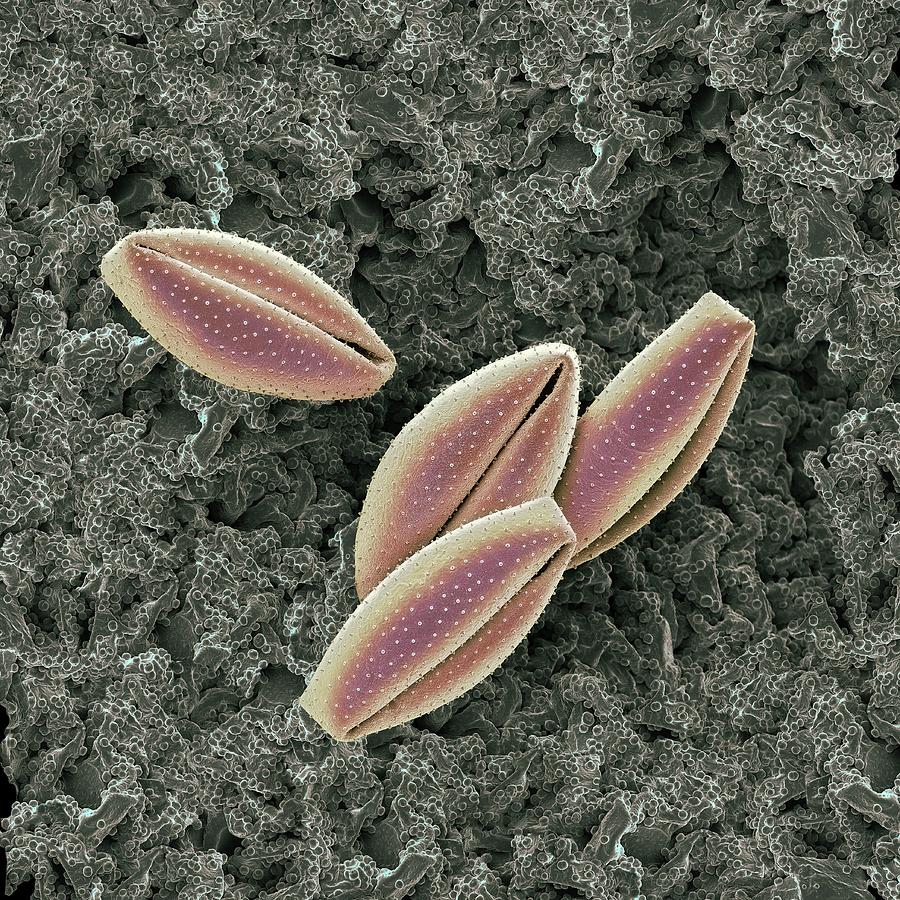
Lily Pollen Grains Photograph by Martin Oeggerli/science Photo Library
A ctual pollen is merely the best-known subject of study, and the most spectacular. Under a microscope, the individual grains of pollen from different species can look like soccer balls, sponges, padded cushions, coffee beans, or burr balls from the sweetgum tree.
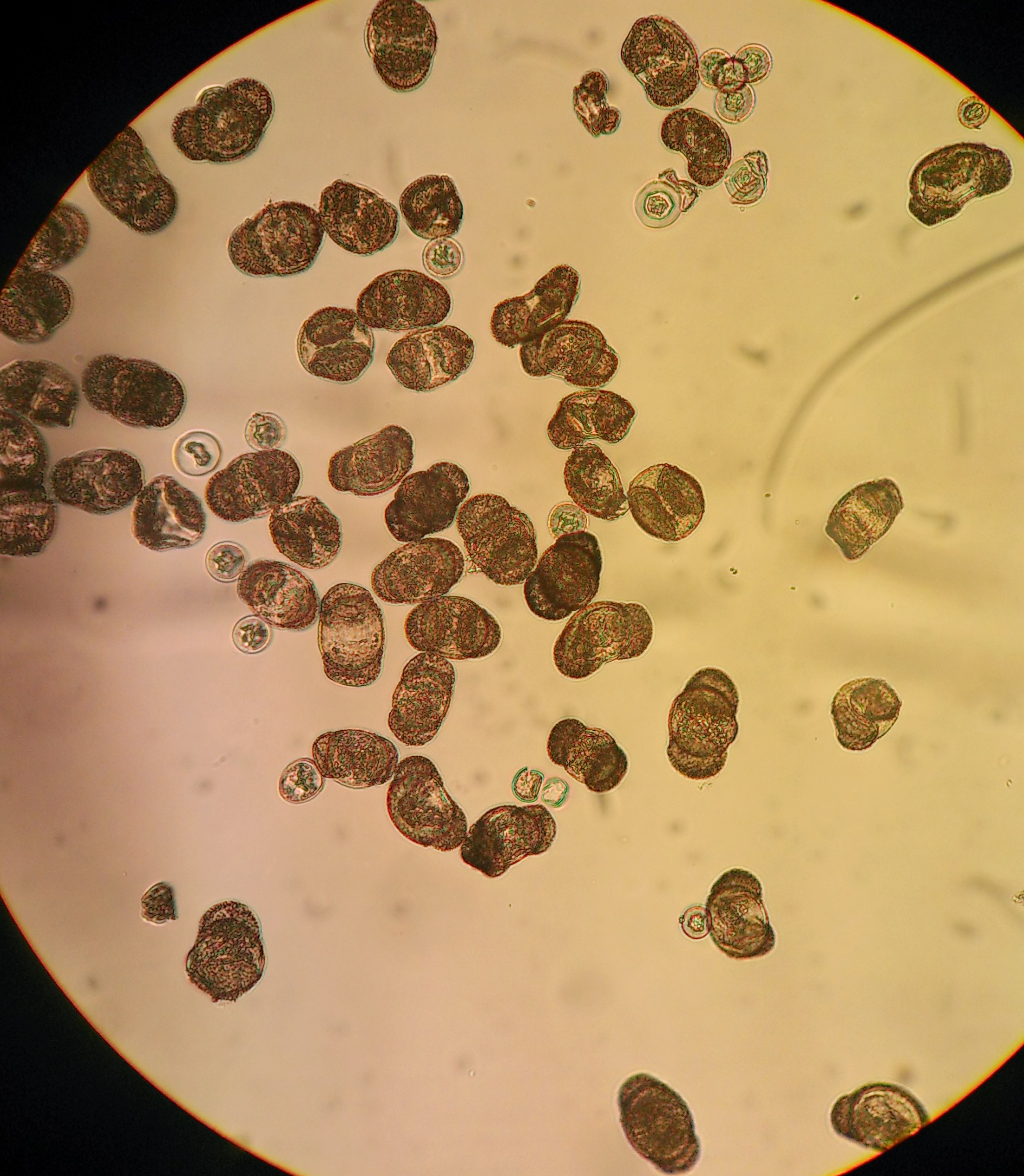
PollChem Ecological and Environmental Change Research Group UiB
This method requires the subsequent counting of the pollen grains under optical microscopy, the most common and economic system to analyze samples, according to a protocol.. Obviously, when moving the position of the sample in the microscope, the pollen grain would appear complete in a new sample in the X or Y direction, and then, it would.

Pollen Grains Under Microscope Amusing
Pollen grains are produced by meiosis of microspore mother cells that are located along the inner edge of the anther sacs. [In this figure] The anatomy of a flower. The stamen is a male part of the flower. The stamen contains filament and anther where the pollens are produced. The stigma is a female part of the flower. The structure of pollen
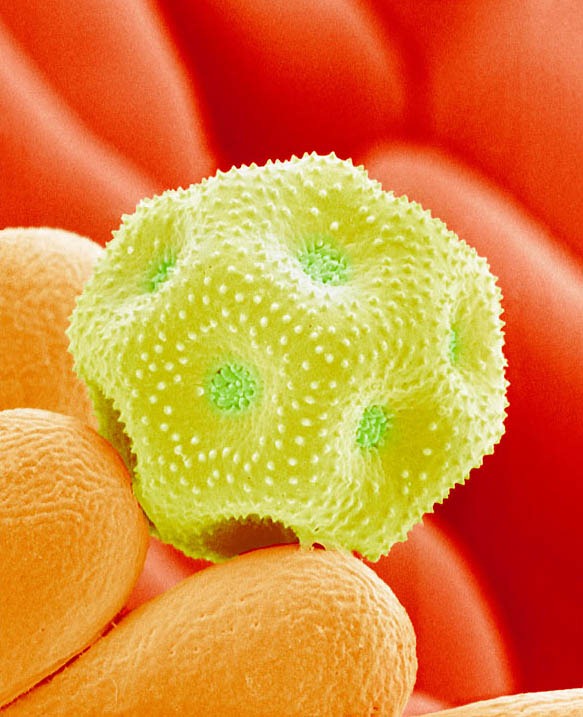
Pollen Grains Under Microscope Amusing
Download scientific diagram | Pollen grain microphotographs under light microscope (A-D) and scanning electron microscope (E-H), and seed micrographs under scanning electron microscope (J-K) of.